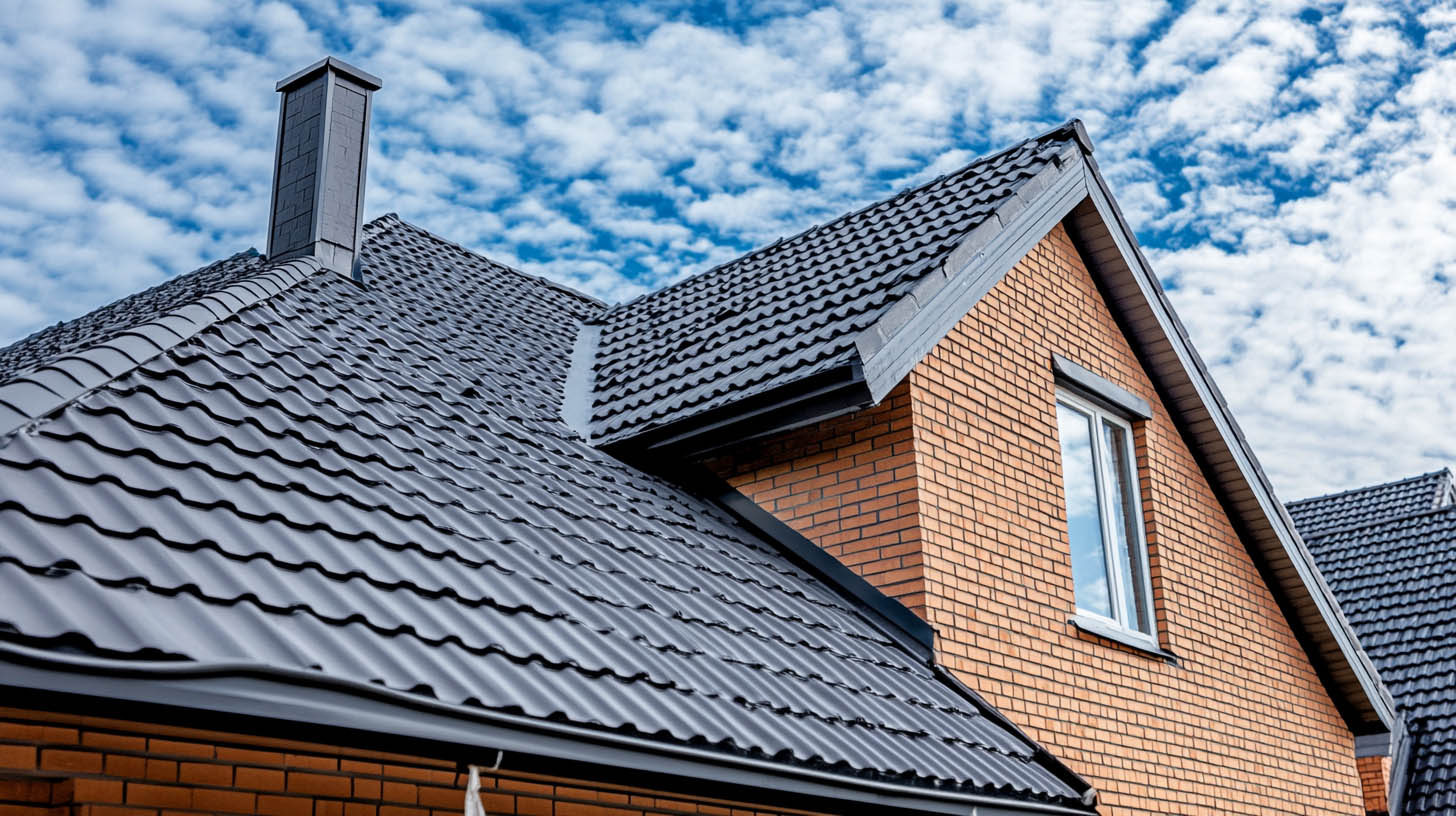
Timing plays a pivotal role in the success of a new roof installation. Proper planning ensures smooth execution, avoids potential weather-related challenges, and maximizes the lifespan of your investment. Rainstoppers Roofing in Charleston, WV, offers guidance on selecting the ideal moment to install a new roof.
Why Timing Matters
Weather Conditions
The weather plays a crucial role in the success of any roofing installation. Extreme weather conditions, such as intense heat, freezing temperatures, heavy rain, or high winds, can create significant challenges during the installation process. For example, excessive heat can cause roofing materials like asphalt shingles to become overly pliable, while cold temperatures may make them brittle and harder to work with. Rain or moisture can interfere with adhesives and sealants, compromising the integrity of the roof.
Ideal weather conditions, typically found in mild, dry seasons, allow roofing materials to settle and adhere properly. This ensures that the installation process is smooth and that the roof’s durability and performance are not compromised. Planning your roofing project during favorable weather conditions is essential for achieving long-lasting results.
Cost and Availability
The timing of your roofing project can have a significant impact on both cost and contractor availability. Roofing contractors tend to be busiest during the peak seasons of summer and winter. Summer often sees a surge in demand due to clear weather, while winter may bring emergency repairs caused by storms or snow damage.
To save on costs and secure better availability, consider scheduling your project during off-peak seasons such as spring or fall. During these times, contractors are generally less busy, which can lead to more competitive pricing and the ability to schedule work at your convenience. Planning ahead and avoiding peak seasons can make your roofing project more affordable and stress-free.
Best Seasons for Roof Installation
Spring and Fall: Optimal Times
- Mild Temperatures: Prevent materials like asphalt shingles from cracking in cold or overheating in extreme heat.
- Low Rainfall: Reduces the risk of weather delays, ensuring timely project completion.
Summer and Winter: Special Considerations
- Summer: Suitable for installations, but extreme heat can make roofing materials challenging to handle.
- Winter: Possible in milder climates but can pose risks for materials like shingles, which may not seal effectively in cold temperatures.
Key Indicators for Roof Replacement Timing
Visible Signs of Damage
- Missing or curling shingles
- Granule buildup in gutters
- Moss or algae growth
Structural Concerns
- Leaks causing water stains on ceilings or walls
- Roof sagging or soft spots
Age of the Roof
Most roofing materials last 20–25 years. If your roof is approaching this age, it’s wise to plan for replacement.
Planning Ahead for a Smooth Installation
Obtain Estimates
Before committing to a roofing project, it’s essential to gather estimates from multiple contractors. Reach out to at least three reputable roofing professionals to compare pricing, project timelines, and material options. This not only helps you understand the market rate but also gives you insight into each contractor’s expertise and approach. Pay attention to the details provided in the estimates, such as warranties, labor costs, and any potential additional charges. Taking the time to evaluate and compare will ensure you find the best value for your investment.
Select Materials
The choice of roofing materials plays a significant role in both the functionality and appearance of your roof. Common options include asphalt shingles, metal roofing, and tile. Asphalt shingles are budget-friendly and widely available, making them a popular choice. Metal roofing offers superior durability and energy efficiency, while tile provides a distinctive aesthetic and long lifespan. Consider your budget, climate, and architectural style when making your selection, as these factors will influence the performance and visual appeal of your roof for years to come.
Secure Permits
Before starting your roofing project, it’s crucial to ensure compliance with local building codes and regulations. Many municipalities require permits for roofing work to ensure that the installation meets safety standards. Contact your local building authority or consult with your contractor to confirm which permits are necessary for your specific project. Failing to secure the required permits can result in fines, delays, or complications when selling your home in the future. Addressing this step early ensures a smooth and hassle-free installation process.
FAQs
Can a new roof be installed in the rain?
Installing a roof in the rain is not recommended as it compromises safety and quality. Wait for clear weather.
Is winter installation advisable?
Winter installations are possible in mild climates but require careful handling of materials sensitive to cold.
How much value does a new roof add to a home?
A new roof can significantly increase a home’s value, with an average return on investment of 60–70%.To learn how to address that new roof smell after installation, click here.
